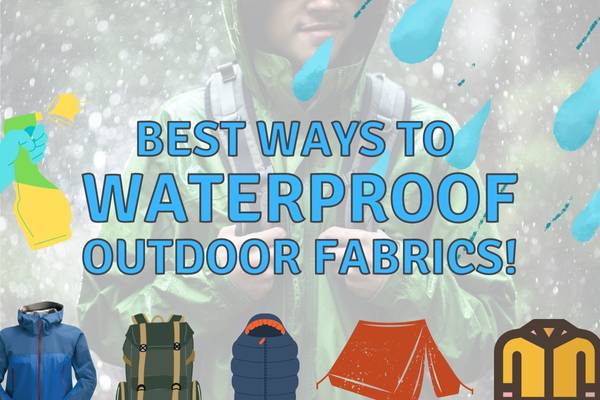The Life of Gophers
Gophers: An Overview
Gophers are small, burrowing rodents found primarily in North and Central America. They are also known as pocket gophers due to the fur-lined pouches on their cheeks, which they use to carry food and nesting materials. Gophers have powerful front legs and sharp claws, which they use to dig intricate tunnel systems in search of food and shelter.
Gophers’ Diet
Although gophers are primarily herbivorous, feeding on a variety of plant materials such as roots, tubers, bulbs, and leaves, they are also opportunistic omnivores. This means that they will consume insects, such as caterpillars, as an additional source of protein and nutrients. Insects make up a small portion of their diet, but they can be an important food source for gophers during times of scarcity or when plant material is not readily available.
Gophers in the Ecosystem
Gophers play a vital role in their ecosystems by aerating the soil through their burrowing activities, which helps to improve soil quality and promote plant growth. They also serve as a key prey species for many predators, such as hawks, snakes, and foxes. However, gophers can also be considered pests when their burrowing activities damage human infrastructure or crops.
The Life of Caterpillars
Caterpillars: An Overview
Caterpillars are the larval stage of butterflies and moths, both of which belong to the order Lepidoptera. There are thousands of different species of caterpillars, each with its unique appearance and life cycle. Caterpillars undergo a process called metamorphosis, during which they transform from a caterpillar to a pupa and finally into a butterfly or moth.
Caterpillars’ Diet
Caterpillars are primarily herbivorous, feeding on a wide variety of plant leaves. Some species have evolved to become specialists, feeding exclusively on a specific type of plant, while others are generalists and consume a diverse range of plant species. However, a few species of caterpillars are carnivorous or even cannibalistic, feeding on other insects and even their fellow caterpillars.
Caterpillars in the Ecosystem
Caterpillars play a crucial role in their ecosystems, both as consumers of plant material and as prey for many predators, such as birds, spiders, and small mammals. They are also essential for the pollination of many plants, as adult butterflies and moths visit flowers to feed on nectar.
Gophers and Caterpillars: An Unlikely Encounter
How Do Gophers Find Caterpillars?
Gophers primarily rely on their sense of smell to locate food, but they also use their sensitive whiskers to feel their way through their dark, underground tunnels. Caterpillars, which are often found on or near plants, may accidentally fall into a gopher’s tunnel or be discovered by a foraging gopher as it digs through the soil.
The Benefits of a Caterpillar Meal
While plant material makes up the majority of a gopher’s diet, a caterpillar meal can provide essential nutrients and protein that may be lacking in their plant-based diet. Consuming caterpillars can help gophers maintain their health and ensure they have the energy needed to continue their vigorous digging and tunneling activities.
The Impact on the Ecosystem
The Delicate Balance
The consumption of caterpillars by gophers is just one small part of the complex web of interactions that occur within an ecosystem. Predators and prey are constantly balancing each other’s populations, ensuring that no single species becomes too dominant or too scarce. This delicate balance is essential for maintaining the health and stability of the entire ecosystem.
Human Intervention and its Effects
Human activities, such as habitat destruction, pesticide use, and the introduction of non-native species, can disrupt the delicate balance of ecosystems, leading to negative consequences for both gophers and caterpillars. For example, the loss of native plants due to habitat destruction can reduce the availability of food for caterpillars, while the use of pesticides can unintentionally poison both gophers and the caterpillars they consume.
Conclusion
In conclusion, gophers do eat caterpillars, although it is not their primary food source. This predation is just one small aspect of the intricate balance that exists within ecosystems. Here are ten key facts to remember about this fascinating relationship:
1. Gophers are omnivorous rodents that primarily consume plant material but also eat insects, including caterpillars.
2. Caterpillars are the larval stage of butterflies and moths and are primarily herbivorous.
3. Gophers rely on their sense of smell and sensitive whiskers to locate food, including caterpillars.
4. Consuming caterpillars can provide gophers with essential nutrients and protein that may be lacking in their plant-based diet.
5. Gophers play a vital role in their ecosystems by aerating the soil and serving as prey for predators.
6. Caterpillars are important consumers of plant material and serve as prey for many predators.
7. The consumption of caterpillars by gophers is part of the delicate balance that exists within ecosystems.
8. Human activities, such as habitat destruction, pesticide use, and the introduction of non-native species, can disrupt this delicate balance.
9. The loss of native plants and the use of pesticides can negatively affect both gophers and caterpillars.
10. Protecting and preserving ecosystems is essential for maintaining the delicate balance between species, including gophers and caterpillars.




